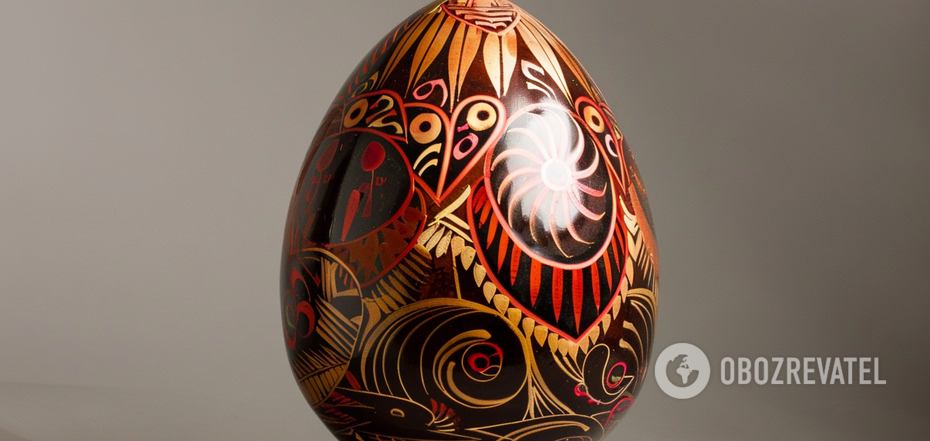News
Krashankas and pysankas: the difference between Easter eggs. Interesting facts
Soon Ukraine will celebrate Easter, and creative workshops have already begun to hold workshops on making traditional krashankas and pysankas. Brightly colored eggs are one of the main attributes of the holiday. But do you know the difference between them?
The Ivan Honchar Museum, which preserves and promotes Ukrainian traditional culture, told us more. It turns out that the difference is much deeper than just the method of coloring.
Pysanka
Ukrainian Easter eggs are included in the National List of Elements of the Intangible Cultural Heritage of Ukraine. This art is many hundreds of years old, and the ornaments used for eggs are of pre-Christian origin.
The main difference is that pysanka is made on a raw egg. Sometimes, for educational purposes, it is blown out and taught to be painted on an empty shell. Pysanky are not eaten. They are placed near icons, where they serve as a kind of home amulet.
Pysankas are painted with beeswax, applied with a pysachok. Such an Easter egg is colored with natural dyes and 2-4 colors are used.
Pysanka is considered a symbolic Easter gift. Painted eggs are presented to loved ones with wishes of health, family happiness, prosperity, and to protect the home from all kinds of adversity.
Krashanka
Krashankas differ from pysankas in the absence of painted ornaments. These eggs are boiled in natural dyes, giving the entire surface of the shell a single color. Sometimes grass, flowers, or leaves are attached to such eggs to create beautiful prints on their surface.
Eggs painted in this way are placed on the Easter table and eaten to break the fast. They are also banged against each other during the Easter holidays as part of a game of eggs. Whichever egg survives the blow is considered especially blessed. There are also other games using krashankas.
Some interesting facts
Both pysankas and krashankas can be blessed. The church allows you to put both types of eggs in the Easter basket.
Traditionally, krashankas are made on Easter Saturday. It is believed that if you make them on Friday, they will quickly deteriorate. Eggs cooked on Saturday will keep well throughout the holidays.
Instead, pysankas can be made throughout Lent. Especially much attention was paid to this art during the Holy Week. Maundy Thursday is considered the main day for pysanka making.
The number of pysankas made by a family could vary from 12 to 60. It all depended on how many relatives they planned to visit during the holidays. They made as many krashankas as pysankas.
Subscribe to OBOZ.UA channels in Telegram and Viber to keep up with the latest events.



























